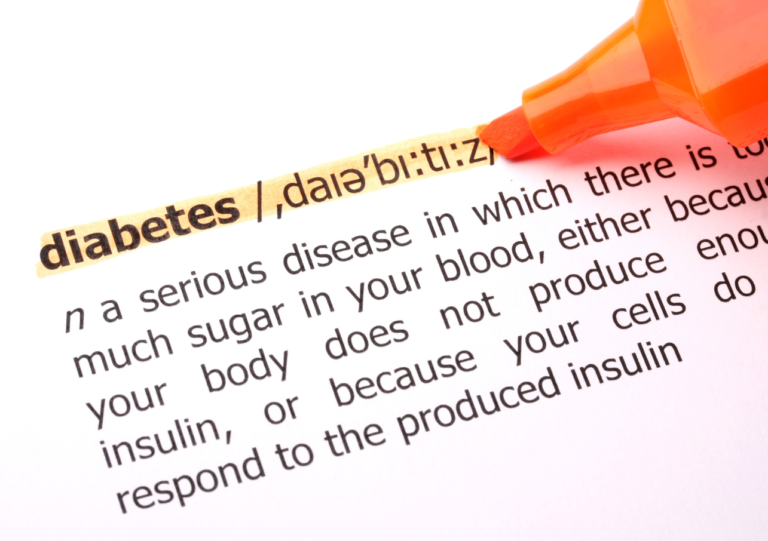By Penelope Reyes, BA, MS
Diabetes has become a global epidemic in the last few years. In 2019, 37.3 million Americans, or 11.3% of the population had diabetes. Of the 37.3 million, 28.7 million were diagnosed and 8.5 million were undiagnosed. 1.4 million Americans are diagnosed with diabetes every year. There are many misconceptions about this condition, so let’s dive into some key facts about it and how exercise can be beneficial (CDC.gov).
What Is Diabetes?
Diabetes is a chronic metabolic disease characterized by high blood glucose (blood sugar) levels. Overtime, this can lead to serious damage to the heart, blood vessels, kidneys, eyes, nerves, etc. TYPE 2 diabetes is the most common and the one that generally affects adults. This type occurs when the body becomes resistant to insulin (a hormone that regulates blood glucose levels) or is unable to produce enough. The other type is TYPE 1 diabetes, known as juvenile diabetes, which occurs when the pancreas produces little to no insulin on its own.

The 4 Pillars of Diabetes Management
A person with diabetes has to consider 4 essential pillars for a good control of the condition. (FNHA.ca) Any dysregulation in these pillars can lead to poor management of blood glucose. The 4 main pillars are:
N: Nutrition → Good food choices lead to a healthy lifestyle (main nutrient to consider which strongly affects blood glucose is carbohydrates).
A: Activity → One of the best ways to support mental health, wellness and glucose management.
M: Medications → Whether it is metformin or insulin, appropriate administration will help control the condition and prevent complications.
E: Emotions → When you do not feel emotionally well, taking medications, making healthy food choices and activity choices can be more difficult -thus dysregulating sugars.

Can Diabetes Be Prevented?
You cannot prevent TYPE 1 Diabetes with diet and exercise. In fact, you cannot prevent this type at all. This condition involves the body attacking itself and no amount of work will prevent it. TYPE 2 Diabetes is a different story. While some causes might be outside of a person’s control (age, family history) there is a way to deter the diagnosis through prevention techniques like an active lifestyle, healthy food choices, etc.
Benefits of Exercise in Diabetics
Regular physical activity improves glucose levels in a relatively short period of time. Both cardiovascular and strength training bring many benefits. When the body starts working out, there is an activation of a transporter called Glut4. When this enzyme is active, it transports glucose to the muscle without the need for so much insulin present. Thus, after exercise can be a good time to ingest some carbohydrates. Another benefit is increased insulin sensitivity meaning how easy and fast the body can absorb insulin (Richter, 2021).

Exercise Precautions
One must be careful with hypo (low) and hyper (high) glycemia. Measuring the levels of glucose before starting an activity should help anticipate a possible alteration of glucose. It is not advised to perform physical exercise with levels above 250 mg/dl since there is a risk that the levels will continue to increase due to the secretion of glycogen by the liver. If levels are below 70 mg/dl, carbohydrates should be ingested before activity so levels can rise (just not too much to prevent sugars from spiking).
Conclusion
Diabetes can be managed and controlled when the 4 Pillars are in balance. Individuals with the condition can improve their quality of life and long-term health through having a good understanding of the condition, a good support system, a nutritious diet, and a regular exercise schedule.
References
https://www.cdc.gov/diabetes/data/statistics-report/index.html
Richter E. A. (2021). Is GLUT4 translocation the answer to exercise-stimulated muscle glucose uptake?. American journal of physiology. Endocrinology and metabolism, 320(2), E240–E243. https://doi.org/10.1152/ajpendo.00503.2020




